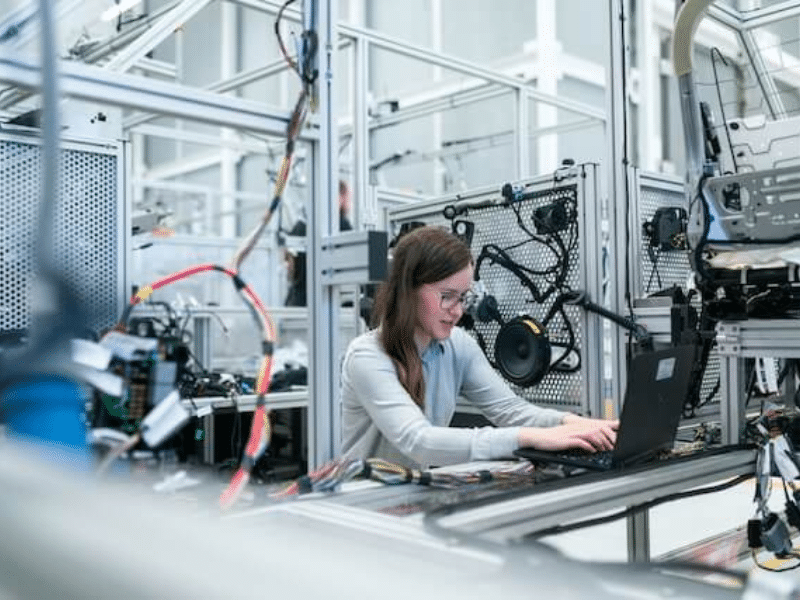For many years, China has been the go-to destination for businesses looking to manufacture products. However, in recent years, there has been a growing trend of businesses diversifying their product sourcing and exploring alternatives to manufacturing in China. This is due to a number of factors, including the trade war with the United States, the COVID-19 pandemic, and rising labour costs in China.
It’s important to note that not all products are suitable for sourcing outside of China. Some products, such as electronics and high-tech goods, are still best manufactured in China due to the country’s expertise and infrastructure.
Diversifying your product sourcing and exploring alternatives to manufacturing in China can be a complex process. However, it can be a rewarding decision that can help you to reduce your costs, improve your quality, and mitigate your risks. Zignify Global Product Sourcing Company will help you navigate the complexities and find the perfect match for your unique needs.
Below, we have written a comprehensive guide for you to address critical questions about product sourcing outside of China and provide insights into the best countries for manufacturing.
